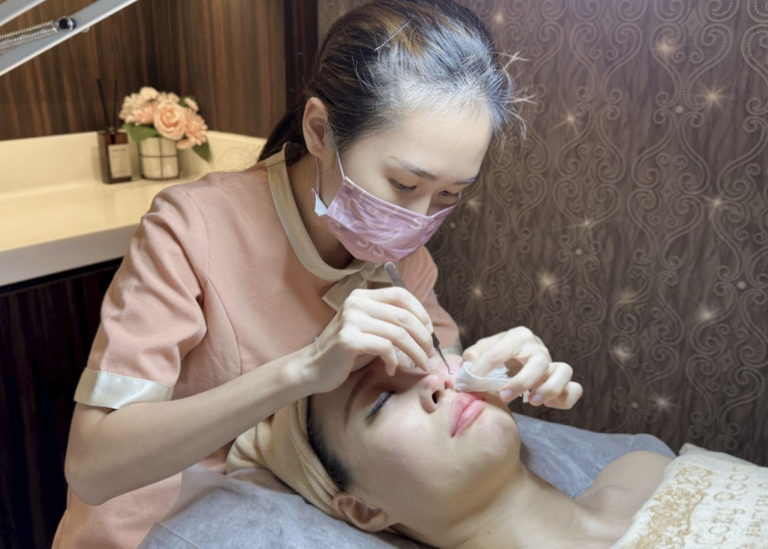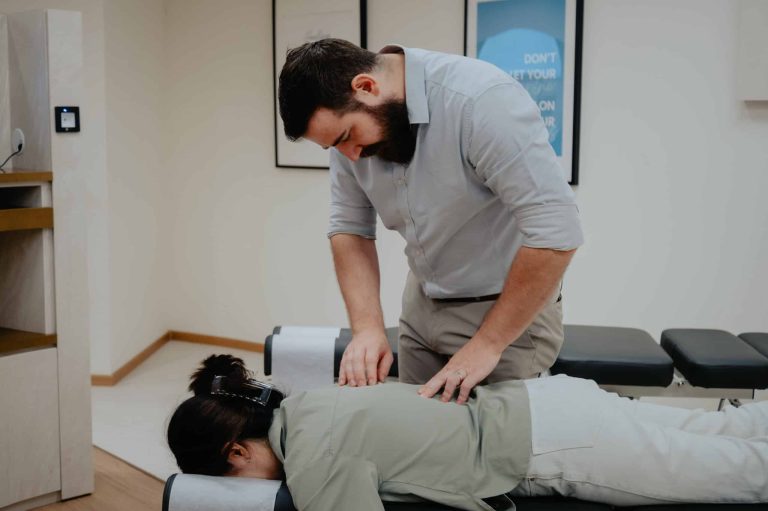In order to know how moulded ear plugs can be used to prevent swimmer’s ear, you have to define the swimming condition. Also called acute otitis externa, swimmer’s ear is a condition that affects the outer ear of swimmers. This painful condition results from irritation, infection, or inflammation. Symptoms occur shortly after water becomes trapped in the ear. A subsequent spread of fungal organisms and bacteria leads to infection.
Swimmer’s Ear is Not Just Limited to Swimmers
Whilst the malady is often attributed to swimming, it affects people with eczema or an excess of earwax, too. Both the pain and infection are treated with medicines or a prescribed course of treatment. The most common source for the infection is increased moisture, which becomes trapped in the ear canal. When the water becomes trapped, the bacteria that normally inhabits the ear canal begins to multiply, thereby causing the above-referenced infection.
Other Reasons Why Swimmer’s Ear Develops
Other reasons people get swimmer’s ears include the following:
- Contact with bacteria that is excessive in hot tubs
- Over-cleaning of the ear canal with cotton swabs or similar items
- Contact with such chemicals such as hair dye or hair spray
- A cut in the ear canal’s skin
- Skin conditions, such as seborrhoea or eczema
Wearing Moulded Ear Plugs: Why They Are Effective
If you wear moulded ear plugs when swimming, you can reduce the chance of developing swimmer’s ear. You can read further about the amenities of these types of plugs by visiting www.zenplugs.com/molded-earplugs now.

Swimmer’s Ear Symptoms
You will want to learn more about the plugs, especially if you are suffering from swimmer’s ear or have read more about the symptoms. Swimmers who have the condition complain that they are plagued with inner ear itching and a pain that worsens when they tug on the auricle or outer ear. They may also experience the following forms of discomfort:
- A sensation that the ear is full or blocked
- Fever
- Drainage of the ear
- Reduced hearing
- Intense pain that spreads to the neck, side of the head, or face
- Swollen lymph nodes in the upper part of the neck or around the ear
- Swelling and redness of the skin next to the ear
If you do not try to prevent swimmer’s ear and it is left untreated, further complications can result. These complications include the following:
- Hearing loss – If the infection is treated, the hearing returns to normal.
- Recurring infections of the ear– Infections continue without treatment.
- Cartilage and bone damage – When infections are not treated, they spread to the base of the brain, skull, or nerves of the cranium. Diabetics and the elderly are at an increased risk for this type of complication.
Early Treatment for Swimmer’s Ear
Early treatment for the condition includes cleaning of the ear canal and the use of eardrops. The eardrops prevent further bacterial growth. Mildly acidic solutions may also be used to treat the condition in the early stages.
The use of moulded ear plugs, as stated, is helpful in preventing the aforementioned condition. If you want to practice prevention, then you need to regularly wear earplugs when you swim.

















